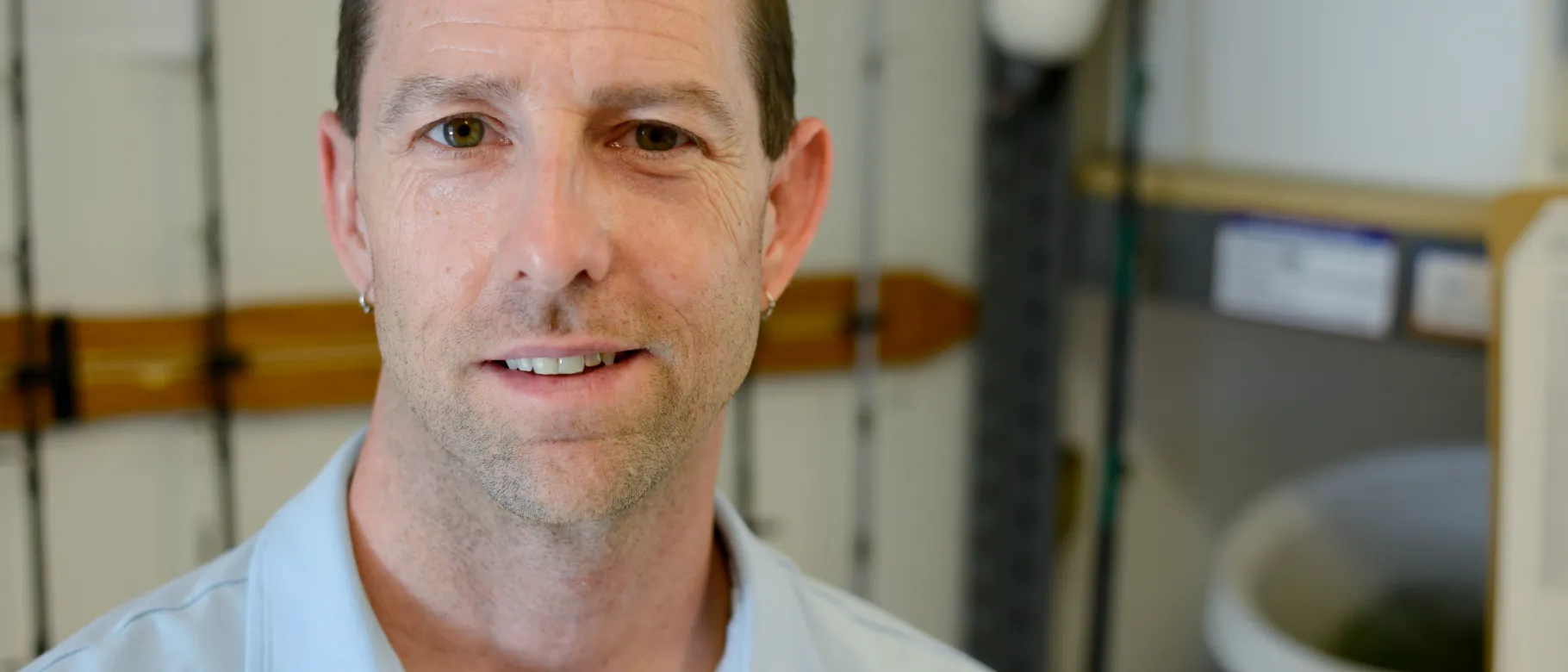Research paper co-authored by James Sulikowski and former UNE student published in online journal

A study by James Sulikowski, Ph.D., professor of marine sciences, UNE graduate Amelia Weissman and two other colleagues was recently published by Conservation Physiology, an online journal published by Oxford University Press.
The study explored the impact of the scallop dredge fishery on monkfish captured as bycatch.
Studies on stress created by the capturing and handling of bycatch are considered a primary research priority, particularly when discard rates of species are high or for species of concern.
Monkfish constitute the second highest bycatch species within the sea scallop dredge fishery. Despite its commercial importance, no data exists on the stress created by the capture and handling of monkfish in any type of gear.
The findings highlight just how stressful being hauled out of the ocean can be, even if a species is resilient to physical injuries.
Results show Monkfish experience low physical injury as bycatch, but they do experience high levels of stress, especially as air exposure and tow duration increase.
The findings demonstrate that injury alone does not accurately represent the true nature of stress experienced by the capture and handling of the species and must be analyzed in combination with behavioral and physiological indicators.
With no current method of estimating how long fish are entrained in and affected by the gear, tow duration is a difficult variable to quantify and ultimately control from a management perspective. However, air exposure is much easier to assess. By enacting best handling practices that encourage fishermen to return monkfish to the ocean immediately after capture, the fishing industry may reduce the probability of post-release mortality due to capture and handling stress.
Release of the study spurred another article— one written by Essie Rodgers, a researcher at the University of Antwerp, that was also published by Conservation Physiology. Rodgers praised the authors, writing “The study highlights the true importance of delving beyond outward appearances. Often, it’s what’s on the inside of an animal that tells us the most about its health.”